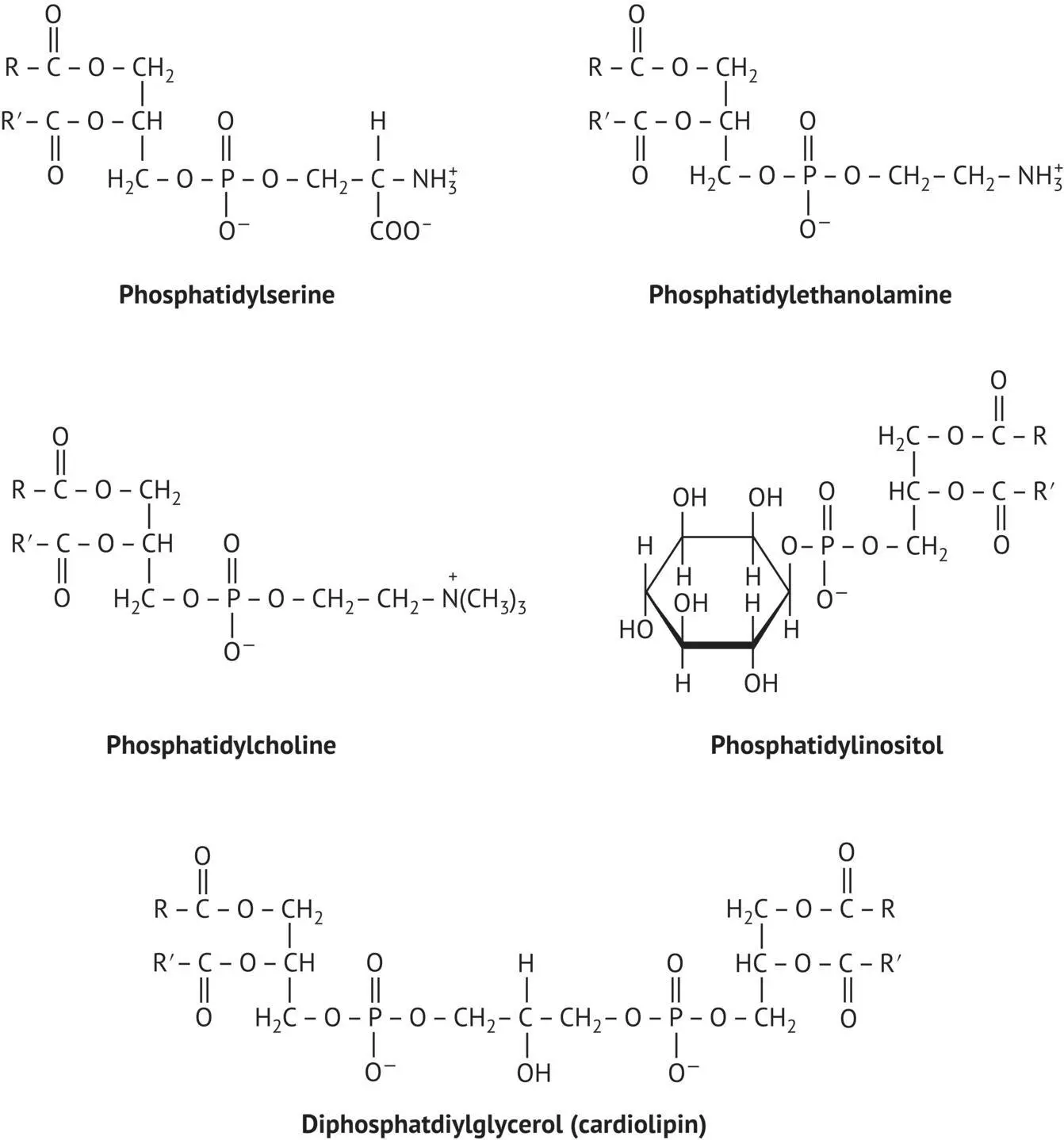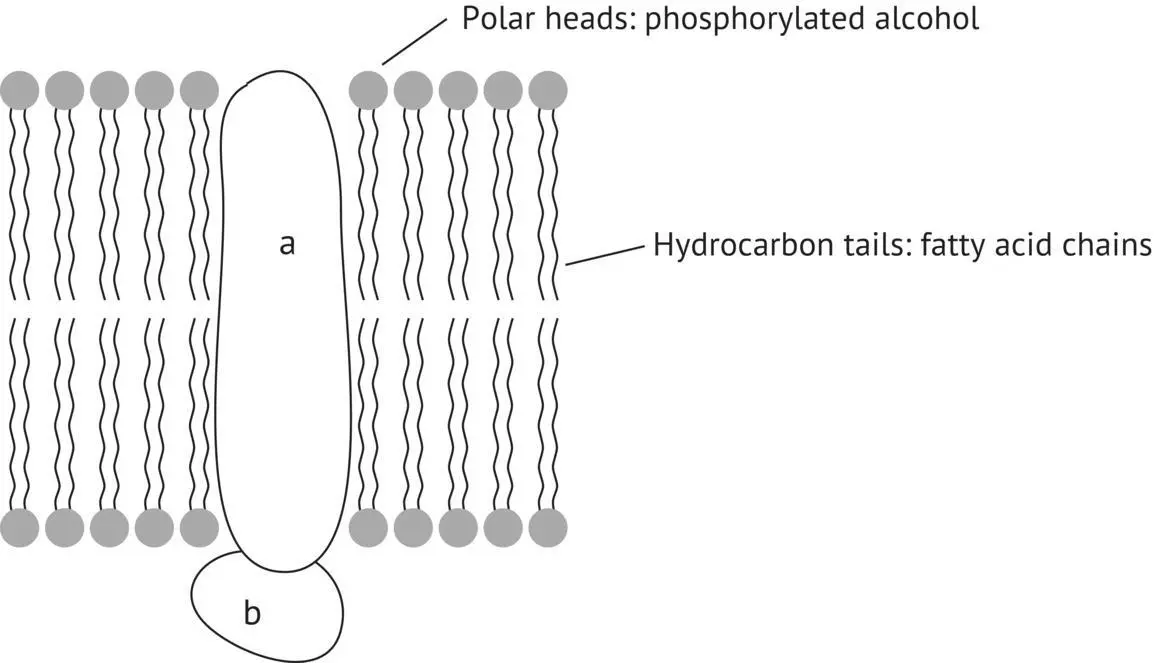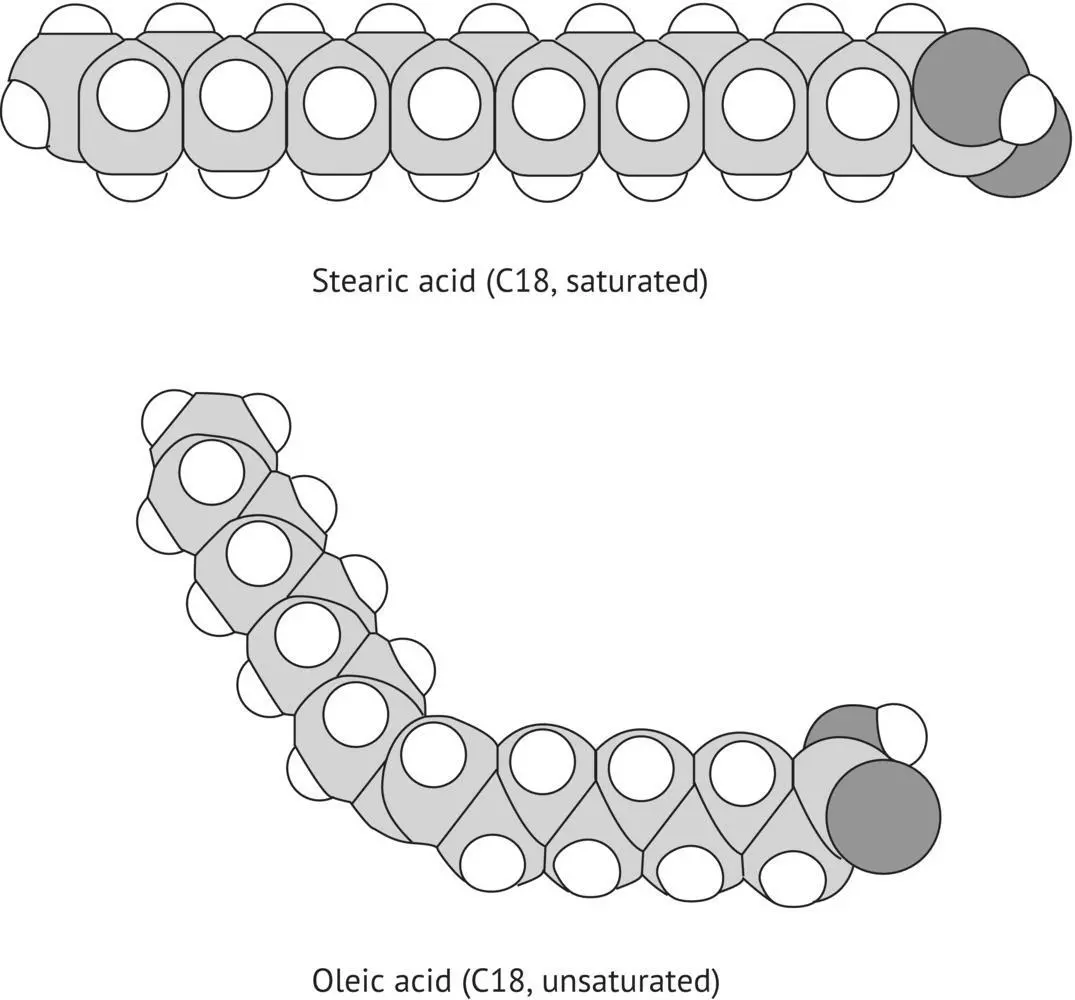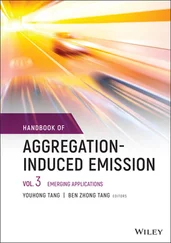Some of the yeast membrane proteins have been studied in greater depth. These include adenosine triphosphatase (ATPase), solute (sugars and amino acids) transport proteins, and enzymes involved in the production of glucans and chitin of the cell wall.

FIGURE 1.5 Yeast membrane phospholipids.

FIGURE 1.6 Diagram of a membrane lipid bilayer. The integral proteins (a) are strongly associated to the hydrocarbon region of the bilayer. The peripheral proteins (b) are linked to the integral proteins.

FIGURE 1.7 Principal yeast membrane sterols.
Yeast possesses three ATPases: one each in the mitochondria, the vacuole, and the plasma membrane. The plasma membrane ATPase is an integral protein with a molecular weight of around 100,000 Da. It catalyzes the hydrolysis of adenosine triphosphate (ATP), which furnishes the necessary energy for the active transport of solutes across the membrane. (Note: active transport moves a compound against the concentration gradient.) Simultaneously, the hydrolysis of ATP creates an efflux of protons toward the exterior of the cell.
The penetration of amino acids and sugars into the yeast activates membrane transport systems called permeases. General amino acid permease (GAP) contains three membrane proteins and ensures the transport of a number of neutral amino acids. The cultivation of yeasts in the presence of an easily assimilated nitrogen‐based nutrient such as ammonium represses this permease.
The fatty acid composition of the membrane and its sterol content control its fluidity. The hydrocarbon chains of fatty acids of the membrane phospholipid bilayer can be in a rigid and orderly state or in a relatively disorderly and fluid state. In the rigid state, all of the carbon bonds of the fatty acids are trans . In the fluid state, some of the bonds become cis . The transition from the rigid state to the fluid state takes place when the temperature rises beyond the melting point. This transition temperature depends on the length of the fatty acid chains and their degree of unsaturation. The straight hydrocarbon chains of the saturated fatty acids interact strongly. These interactions intensify with their length. The transition temperature therefore increases as the fatty acid chains become longer. The double bonds of the unsaturated fatty acids are generally cis , giving a curvature to the hydrocarbon chain ( Figure 1.8). This curvature breaks the orderly stacking of the fatty acid chains and lowers the transition temperature. Like cholesterol in the cells of mammals, ergosterol is also a fundamental regulator of membrane fluidity in yeasts. Ergosterol is inserted in the bilayer perpendicularly to the plane of the membrane. Its hydroxyl group is bound by hydrogen bonds with the polar head of the phospholipid, and its hydrocarbon tail is inserted in the hydrophobic region of the bilayer. Thus, the membrane sterols insert themselves between the phospholipids. In this manner, they inhibit the crystallization of the fatty acid chains at low temperatures. Conversely, in reducing the movement of these same chains by steric encumbrance, they regulate any excessive membrane fluidity when the temperature rises.

FIGURE 1.8 Molecular models representing the three‐dimensional structure of stearic and oleic acids. The cis configuration of the double bond of oleic acid produces a curvature of the carbon chain.
1.3.2 Functions of the Plasma Membrane
The plasma membrane constitutes a stable, hydrophobic barrier between the cytoplasm and the environment outside the cell, owing to its phospholipids and sterols. This barrier presents a certain impermeability to solutes as a function of osmotic properties.
Furthermore, through its system of permeases, the plasma membrane also controls the exchanges between the cell and the medium. The functioning of these transport proteins is greatly influenced by its lipid composition, which affects membrane fluidity. In a defined environmental model, the supplementing of membrane phospholipids with unsaturated fatty acids (oleic and linoleic) promoted the penetration and accumulation of certain amino acids as well as the expression of GAP (Henschke and Rose, 1991). On the other hand, membrane sterols seem to have less influence on the transport of amino acids than the degree of unsaturation of the phospholipids. The synthesis of unsaturated fatty acids is an oxidative process and requires the aeration of the culture medium at the beginning of alcoholic fermentation. Under semi‐anaerobic winemaking conditions, the amount of unsaturated fatty acids in the grape, or in the grape must, probably favors the membrane transport mechanisms of amino acids.
The transport systems of sugars across the membrane are far from being completely elucidated. There exists, however, at least two kinds of transport systems: a high affinity one for glucose and a low affinity system with one‐tenth of the affinity of the former (Bisson, 1991). The low‐affinity transport system is essential during the log growth phase, and its activity decreases during the stationary phase. The high‐affinity system is, in contrast, repressed by high concentrations of glucose, as in the case of grape must (Salmon et al ., 1993) ( Figure 1.9).
The activity of sugar transport is dependent on the protein synthesis activity of cells. As soon as this activity slows down or stops, we observe a reduction in the sugar transport activity (phenomenon called catabolite inactivation) (Busturia and Lagunas, 1986; Salmon et al ., 1993). Under winemaking conditions, the protein synthesis rate starts to decrease very early during alcoholic fermentation at the end of cell growth. Thus, the catabolite inactivation process of sugar transport systems intervenes and is accelerated in case of yeast‐assimilable nitrogen deficiencies (Salmon, 1989).

FIGURE 1.9 Evolution of glucose transport system activity of S. cerevisiae fermenting a model medium (Salmon et al ., 1993).
The amount of sterols in the membrane, especially ergosterol, as well as the degree of unsaturation of the membrane phospholipids favor the penetration of glucose in the cell. This is especially true during the stationary and decline phases. This phenomenon explains the decisive influence of aeration on the successful completion of alcoholic fermentation during the yeast multiplication phase (Section 3.7.2).
The presence of ethanol, in a culture medium, slows the penetration speed of arginine and glucose into the cell and limits the efflux of protons resulting from membrane ATPase activity (Alexandre et al ., 1994; Charpentier, 1994). Simultaneously, the presence of ethanol increases the synthesis of membrane phospholipids and their percentage of unsaturated fatty acids (especially oleic). Temperature and ethanol act in synergy to affect membrane ATPase activity. The concentration of ethanol required to cancel the proton efflux decreases as temperature rises. However, this modification of membrane ATPase activity by ethanol may not be the source of the decrease in plasma membrane permeability in an alcohol medium. The role of membrane ATPase in yeast resistance to ethanol has not been clearly demonstrated.
Читать дальше

















